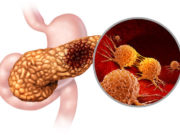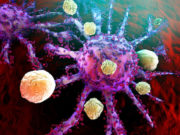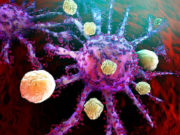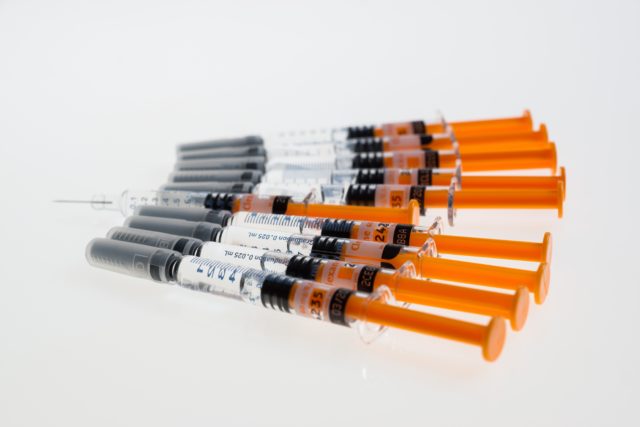
Researchers have invented a new kind of cancer treatment that uses a vaccine to stimulate patients’ immune systems. Once the immune system is active, the vaccine then directs it to kill cancerous cells throughout the body. This new vaccine has shown better results than standard cancer treatments like chemotherapy and radiation in fighting against non-Hodgkins lymphoma, a form of blood cancer. Researchers are now starting to use this vaccine against other cancers that resist typical treatments.
The vaccine works by turning cancer sites into “factories” that produce more cancer killing cells, also known as T cells. This approach was developed because previous ways of directing T-cells to the cancer sites were inconsistent in their success.
 On paper, this new approach seems simple. Scientists use the vaccine to direct the T-cells towards the cancerous cells they need to attack. But cancers have ways of fighting back against this method. One way is through a “checkpoint blockade,” which is just a cancer disguise. When the T-cell finds a cancer cell, the cancer cell uses the blockade to disguise itself so the T-cell doesn’t attack. Some forms of cancer can still be attacked through checkpoint blockade immunotherapy, but again, many cancers have a defense against this mechanism.
On paper, this new approach seems simple. Scientists use the vaccine to direct the T-cells towards the cancerous cells they need to attack. But cancers have ways of fighting back against this method. One way is through a “checkpoint blockade,” which is just a cancer disguise. When the T-cell finds a cancer cell, the cancer cell uses the blockade to disguise itself so the T-cell doesn’t attack. Some forms of cancer can still be attacked through checkpoint blockade immunotherapy, but again, many cancers have a defense against this mechanism.
One such cancer is a blood cancer called indolent non-Hodgkins lymphoma (iNHL). It should be a great candidate for this “T-cell therapy,” but the T-cells have been unable to recognize the cells as malignant. Further research at Mount Sinai, however, may have found a way to help the T-cells recognize the toxic cells.
The study suggested that the T-cells just need a little extra help. That help is given by a cell called a dendrite. The dendrite helps the T-cells to identify the cancer cells it needs to kill. This process occurs through the stimulants in the vaccine.
The first stimulant calls the dendrites to the cancer site. The second stimulant puts the cells into action, and then the dendrites mark the cancer cells for attack by the T-cells. These two stimulants can potentially turn a cancer into a recruiting agency for the T-cells.
This new therapy was tested on a group of 11 people that had an advanced stage of iNHL. The therapy caused anti-cancer responses from the T-cells, and in all case, it caused patients to experience various forms of remission.
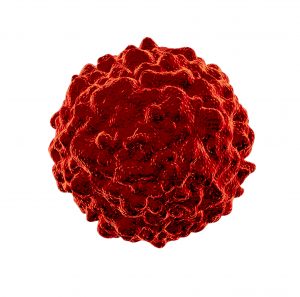
This new therapy is good news for patients with blood cancer and theoretically should be applicable to treat all cancers. It has also produced results that show it could be helpful in developing other kinds of cancer treatment. The vaccine has also been tested on mice and been very successful.
Testing is continuing on this method on various types of cancer. Nothing is certain yet, but it looks to be a promising tool in our fight against cancer.












